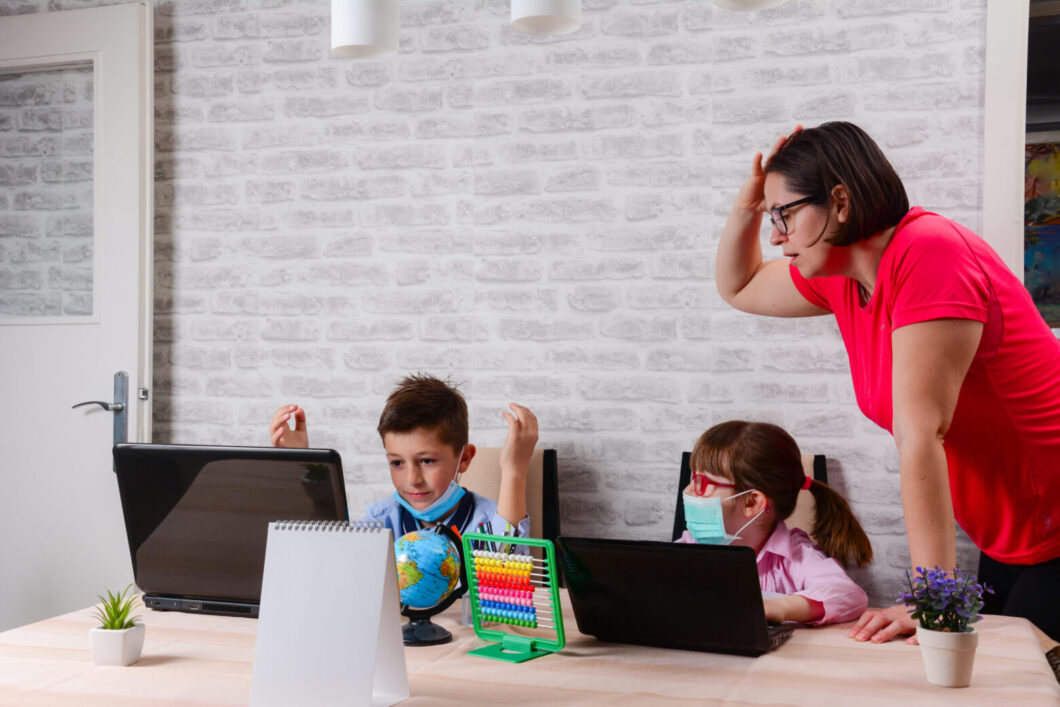The COVID-19 pandemic has had a profound impact on student
behavior in public schools in the United States. As students return to
in-person learning, it is essential to examine the lingering effects of the
pandemic on their behavior and well-being.
One of the most significant lingering effects of the
pandemic on student behavior is anxiety and stress. The pandemic has caused
widespread anxiety and stress, and students are no exception. The uncertainty
and disruption caused by the pandemic have contributed to feelings of anxiety
and stress among students, which can manifest in behavioral issues such as
withdrawal, avoidance, and defiance. It is important for schools to provide
mental health support to students to help them cope with these lingering
effects of the pandemic.
Another lingering effect of the pandemic on student behavior
is a decline in academic performance. The shift to remote learning and the
disruption of daily routines have had a significant impact on students’
academic performance. Students are struggling to catch up on missed coursework
and are experiencing gaps in their learning. This can lead to a decline in
motivation and engagement, which can manifest in behavioral issues such as
disengagement, apathy, and lack of effort. It is important for schools to
provide additional academic support to students to help them catch up on missed
coursework and bridge learning gaps.
The pandemic has also had a significant impact on students’
social-emotional development. The lack of face-to-face interactions and
socialization opportunities has contributed to a decline in social-emotional
learning (SEL). SEL is an essential aspect of education that helps students
develop social and emotional skills such as empathy, self-awareness, and
responsible decision-making. The decline in SEL can lead to behavioral issues
such as impulsivity, aggression, and lack of empathy. It is important for
schools to prioritize SEL and provide opportunities for students to develop
these skills through in-person interactions with their peers and teachers.
The pandemic has also highlighted existing inequities in the
education system. Students from low-income families and marginalized
communities have been disproportionately affected by the pandemic, and the
lingering effects of the pandemic continue to impact these students. These
students may lack access to resources such as technology and may have
experienced more significant disruptions to their learning. The widening of the
achievement gap can lead to behavioral issues such as frustration,
disengagement, and lack of motivation. It is important for schools to address
these inequities and provide additional resources and support to students who
are most impacted.
Finally, the pandemic has had a significant impact on
student behavior in terms of health and wellness. The shift to remote learning
and the increase in screen time have contributed to health concerns such as
obesity, back pain, and eye strain. The pandemic has also highlighted the
importance of hygiene and wellness, as students must follow new protocols to
prevent the spread of the virus. The decline in physical health can lead to
behavioral issues such as fatigue, irritability, and lack of focus. It is
important for schools to prioritize health and wellness and provide
opportunities for students to engage in physical activity and learn about
healthy habits.
In conclusion, the lingering effects of the COVID-19
pandemic on student behavior in public schools in the United States are
significant. Students are experiencing anxiety and stress, a decline in
academic performance, a decline in social-emotional learning, inequities in
access to resources, and health concerns. It is essential for schools to
address these issues and provide support to students during these challenging
times. This can include mental health support, additional academic resources,
prioritizing social-emotional learning, addressing inequities, and promoting
health and wellness. By addressing these issues, we can help students recover
from the impacts of the pandemic and ensure that they can continue to learn and
grow.

